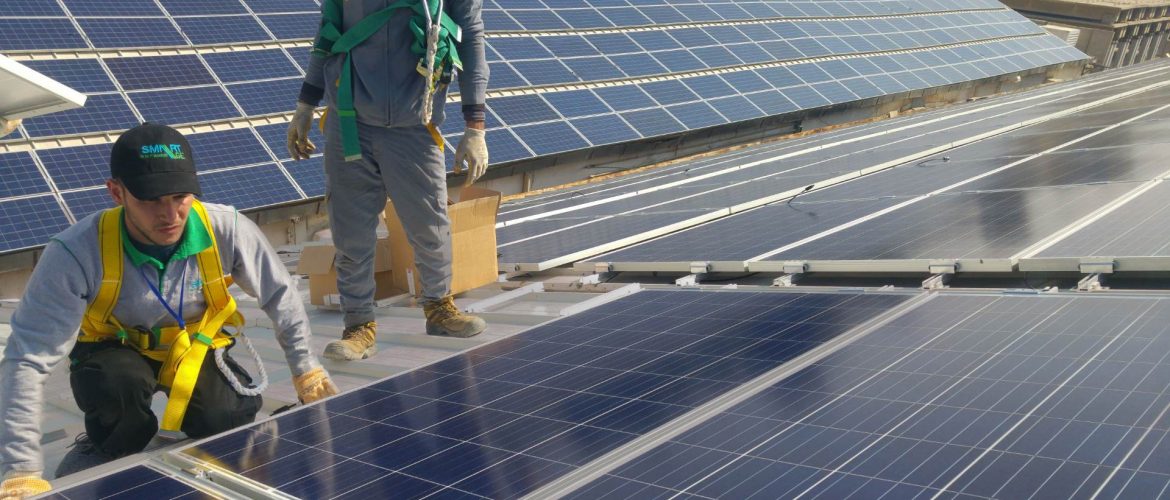Renewable & Solar energy is definitely a rising market globally, and will continue to be at least for the near and mid future. However, the significant exponential growth today is happening in the MENA region although it has been lagging behind for the past years due to the availability of cheap alternatives. The main reason behind this growth is the governments’ intentions to diversify their energy mixes and join the go-green global objective, let alone the reduced technology cost and the very favorable sun irradiations in this area, making it called the “sunbelt”.
In this article, we aim to focus on numerical graphs to reflect and monitor the global developments in volumes and prices over the past and future years. We will update the presented information on a yearly basis to include the new market scores and forecasted trends as we go. The graphs are taken from “Our World in Data” web page which we believe is a reliable source of information.
We then zoom in to the Lebanese market to shed the light on the solar sector. We rely on the studies performed by the Lebanese Council of Energy Conservation (LCEC) and present a summarized version of their graphs and findings. The graphs mainly reflect the solar market that has witnessed a significant ramp-up in the solar sector starting 2010. This was due to the various support programs offered the government towards this sector, in addition to the green-loan mechanism provided by the central bank to catalyze the market.
Global Overview of Renewables & Solar Energy
The first graph below shows the global production of traditional and renewable energy over the years. As we see, historical energy production has always been dominated by traditional fuels. Today, traditional biofuels remain the largest source of energy accounting for around 70% of the total global need. However, renewable technologies are gaining quick pace and occupying a significant share of the pie with time.
The other two graphs focus on the solar energy sector in specific, reflecting the solar generation and installed solar capacity by region, China ranking first, and MENA ranking last. However, the latter is expected to witness a boom due to the reasons mentioned previously.
The last graph represents the drastic price drop of the solar modules along the years; from more than $60/Wp in 1976 to less than $0.25/Wp in 2019!




Solar Energy in the Middle East
Solar power continues to mark an incremental pace in the MENA. The Middle East Solar Industry Association (MESIA) has forecasted around $15 billion of solar power projects within the next five years. MESIA has estimated the region’s solar power market to be worth more than $20 billion.
As they state, the top five markets in the MENA region with the largest project pipeline include the UAE (58%), Egypt (23%), Jordan (10%), Morocco (6%), and Iran (3%). MESIA adds that the MENA region is expected to need at least 267 GW of additional power generation capacity by 2030, an increase of 66% from today’s generation capacity level!
The below graph demonstrates the share of solar energy consumption in the MENA region in 2018, by country

Solar Energy in Lebanon
Zooming in to the lebanese market, the solar installations have ascended appealingly from 0.33 MWp back in 2010 to 56 MWp in 2018. On the other hand, the prices have dropped significantly as shown in the graph below, which further fueled up the market. The turnkey price for Solar PV continued to drop down steadily from around $7,000 per kWp in 2011 to $1,550 in 2017 to around $1,200 in 2018. This averages to a price drop of 83% in a span of 8 years.
The total number of Solar PV projects reached 1,807 by the end of 2018. Small-sized projects of less than 50Kwp are dominating the market in terms of capacity (23%) and counts (86%)



